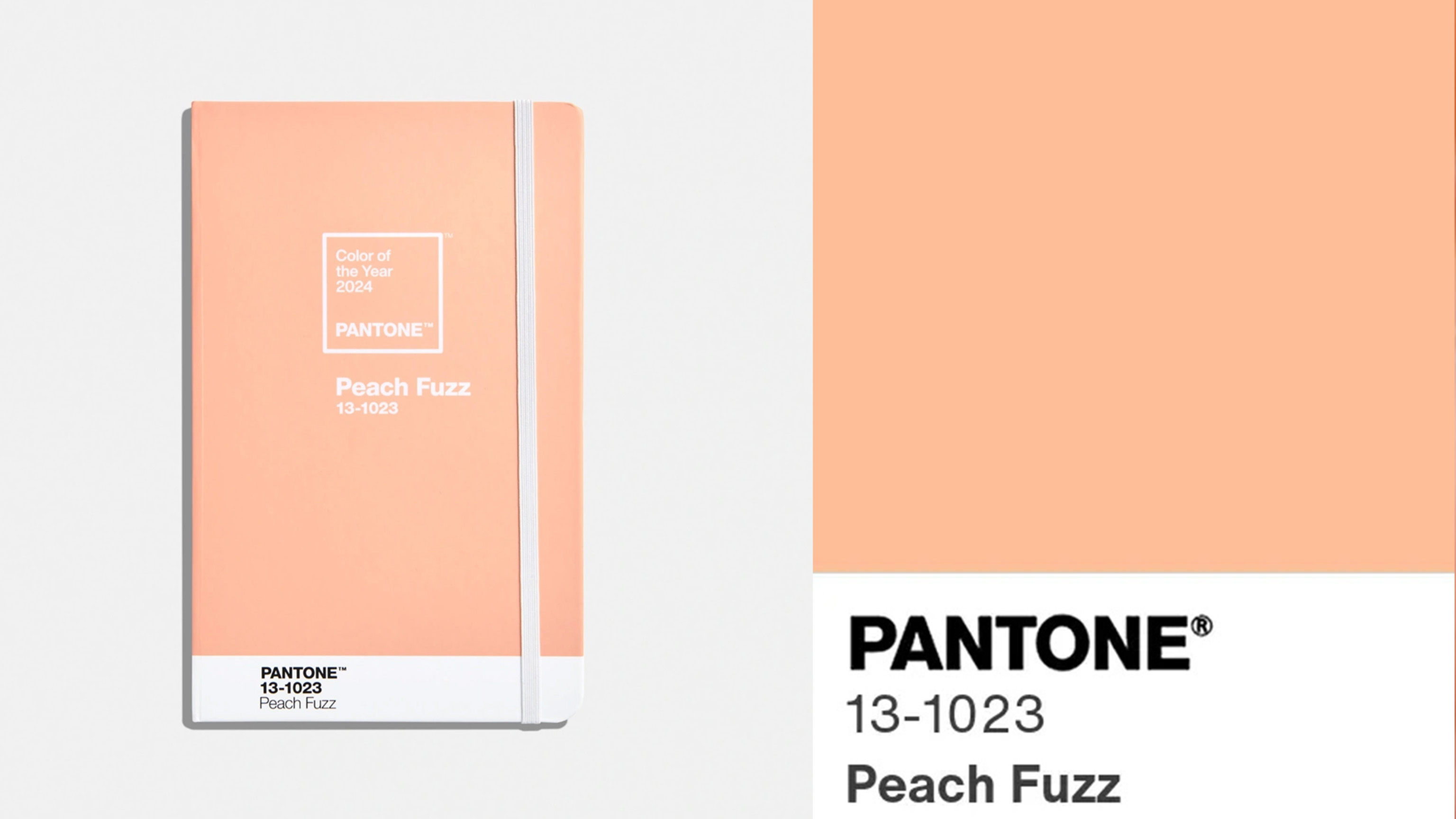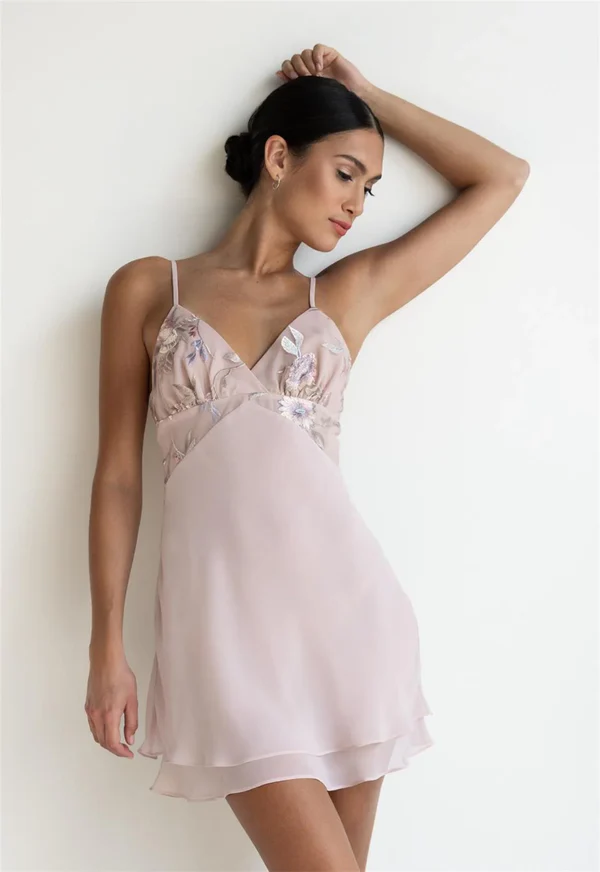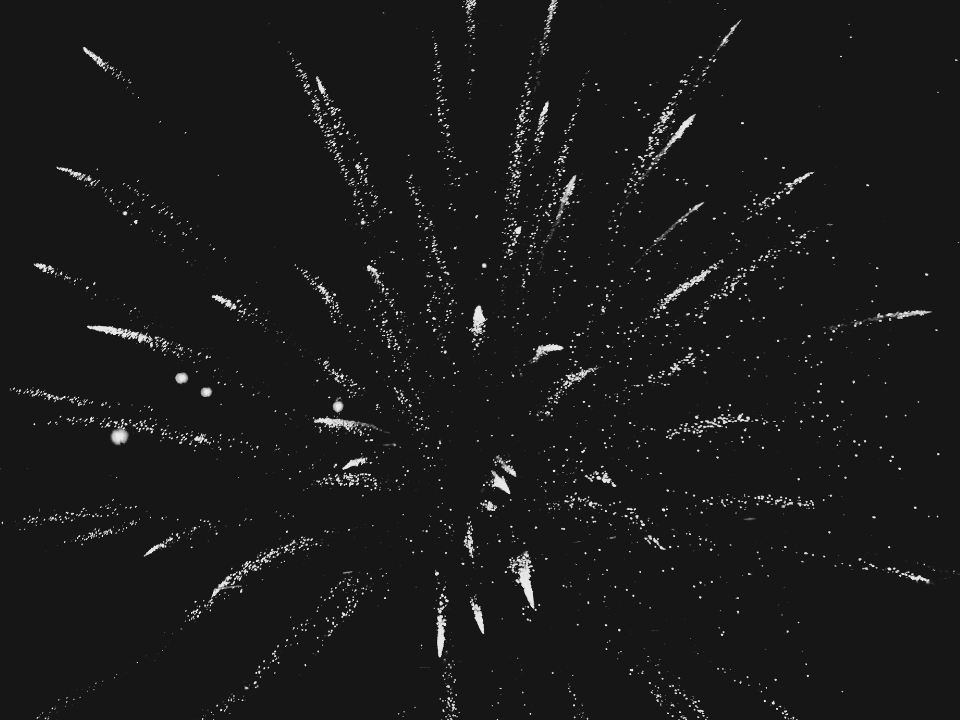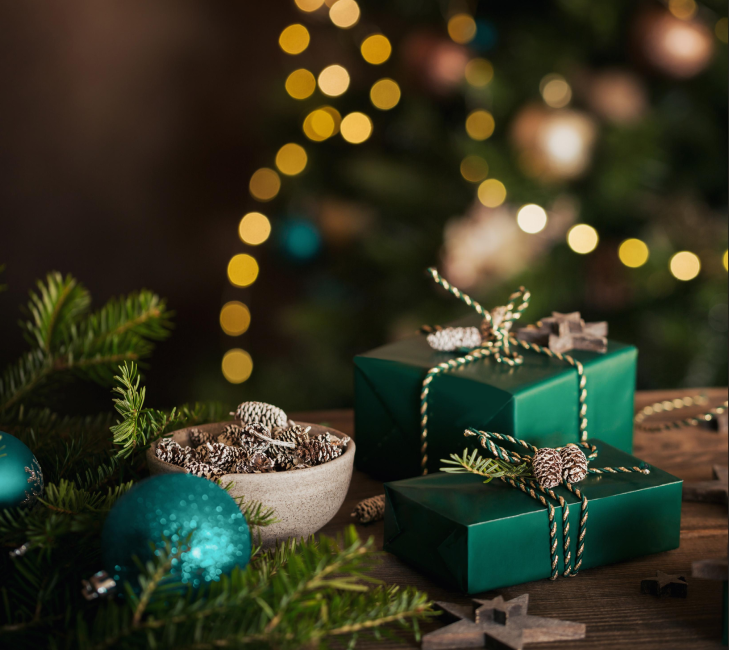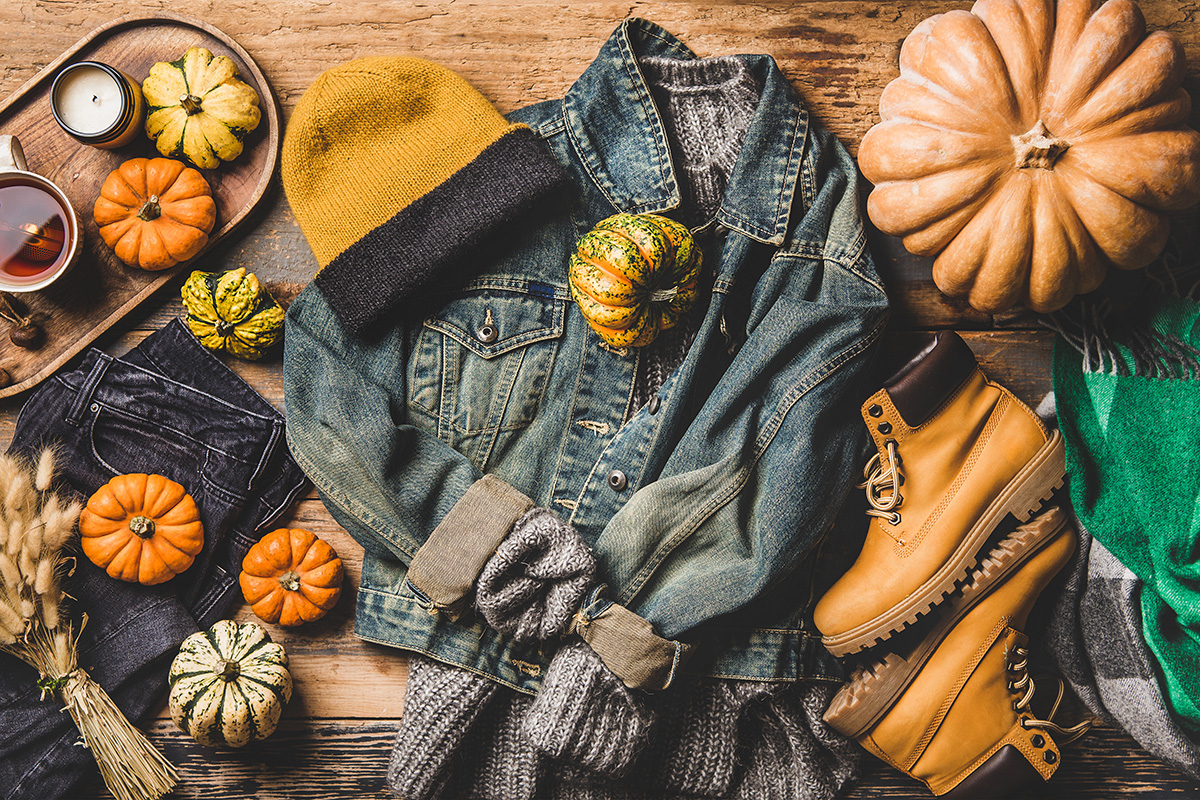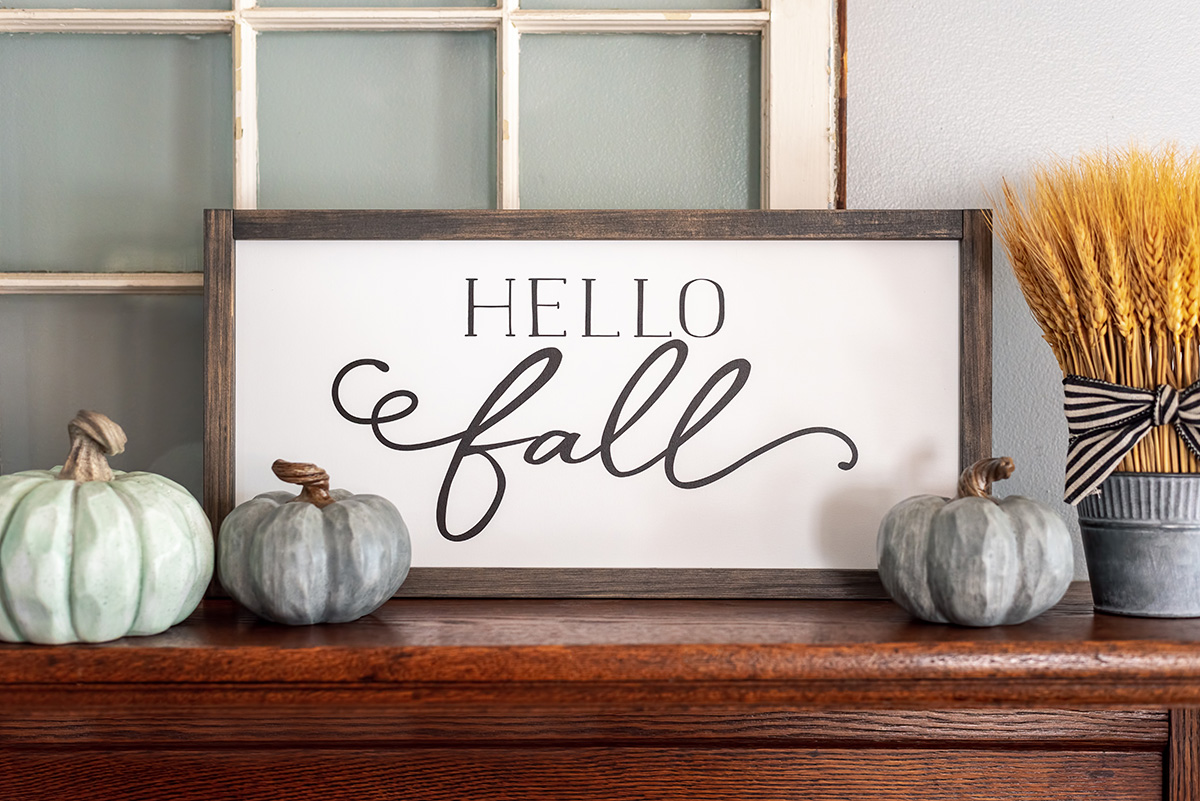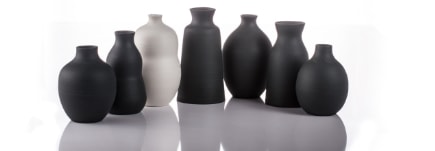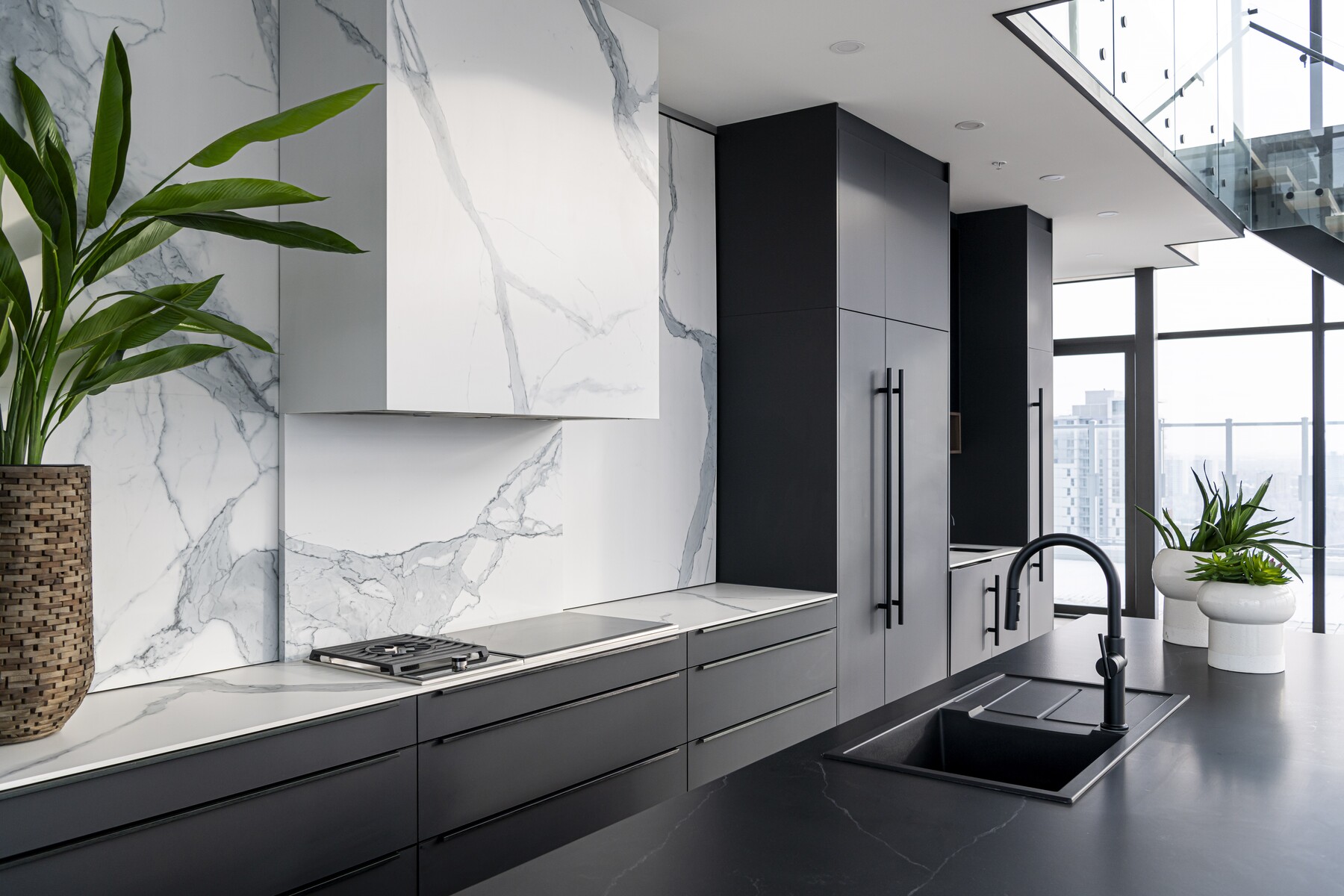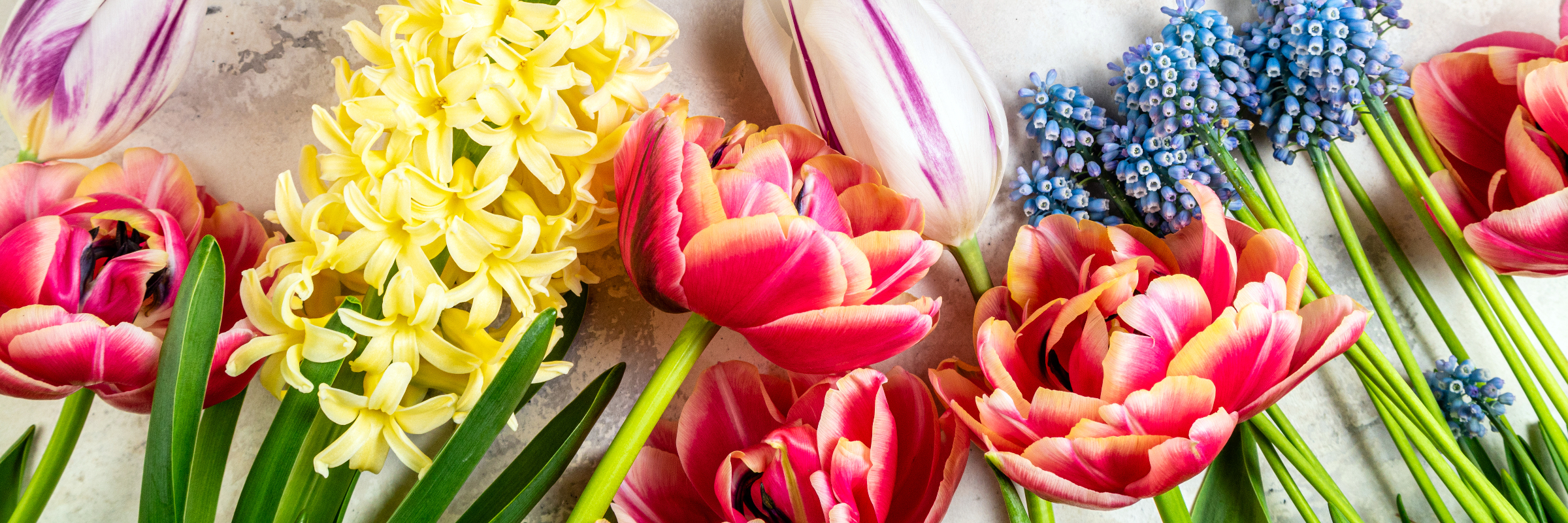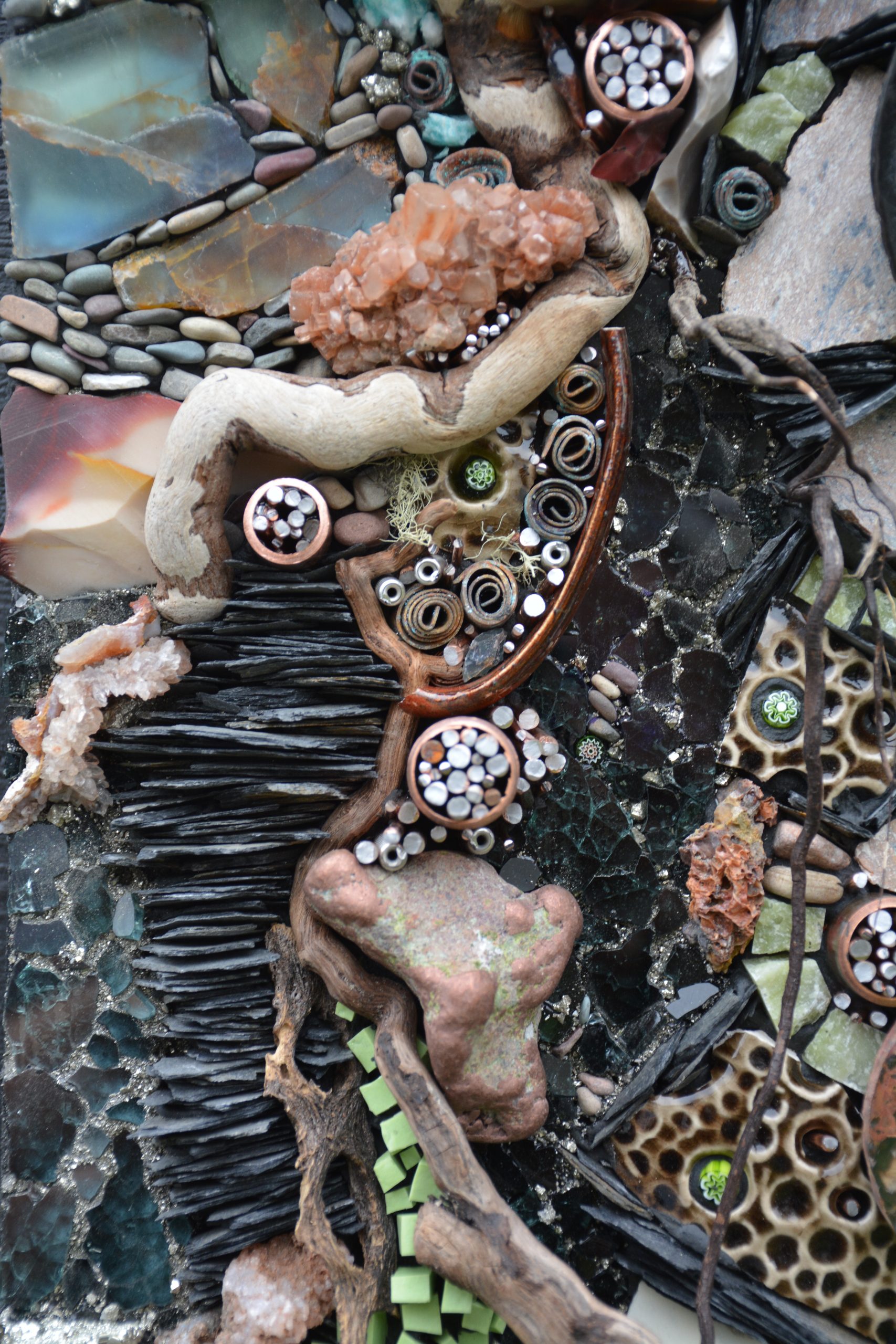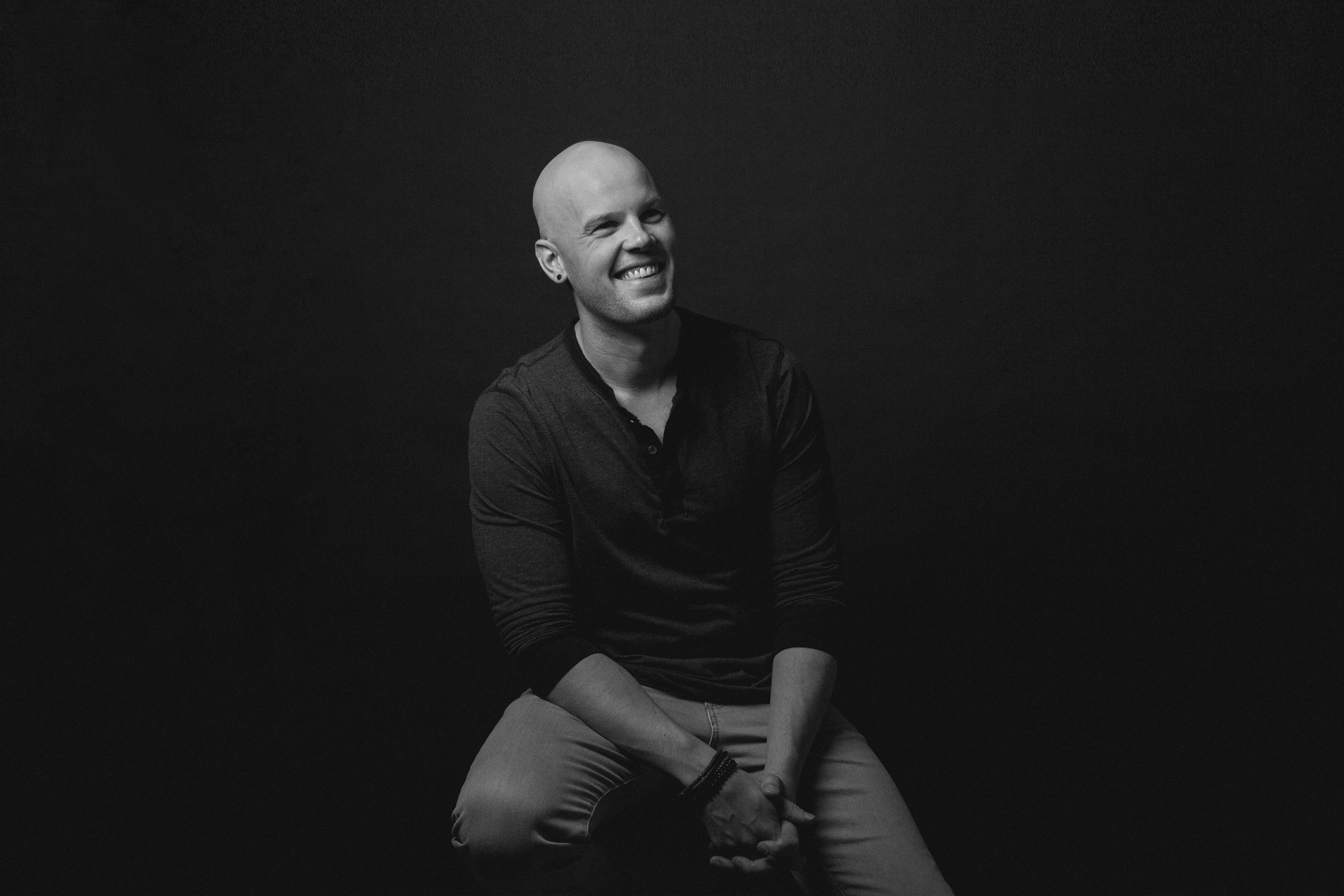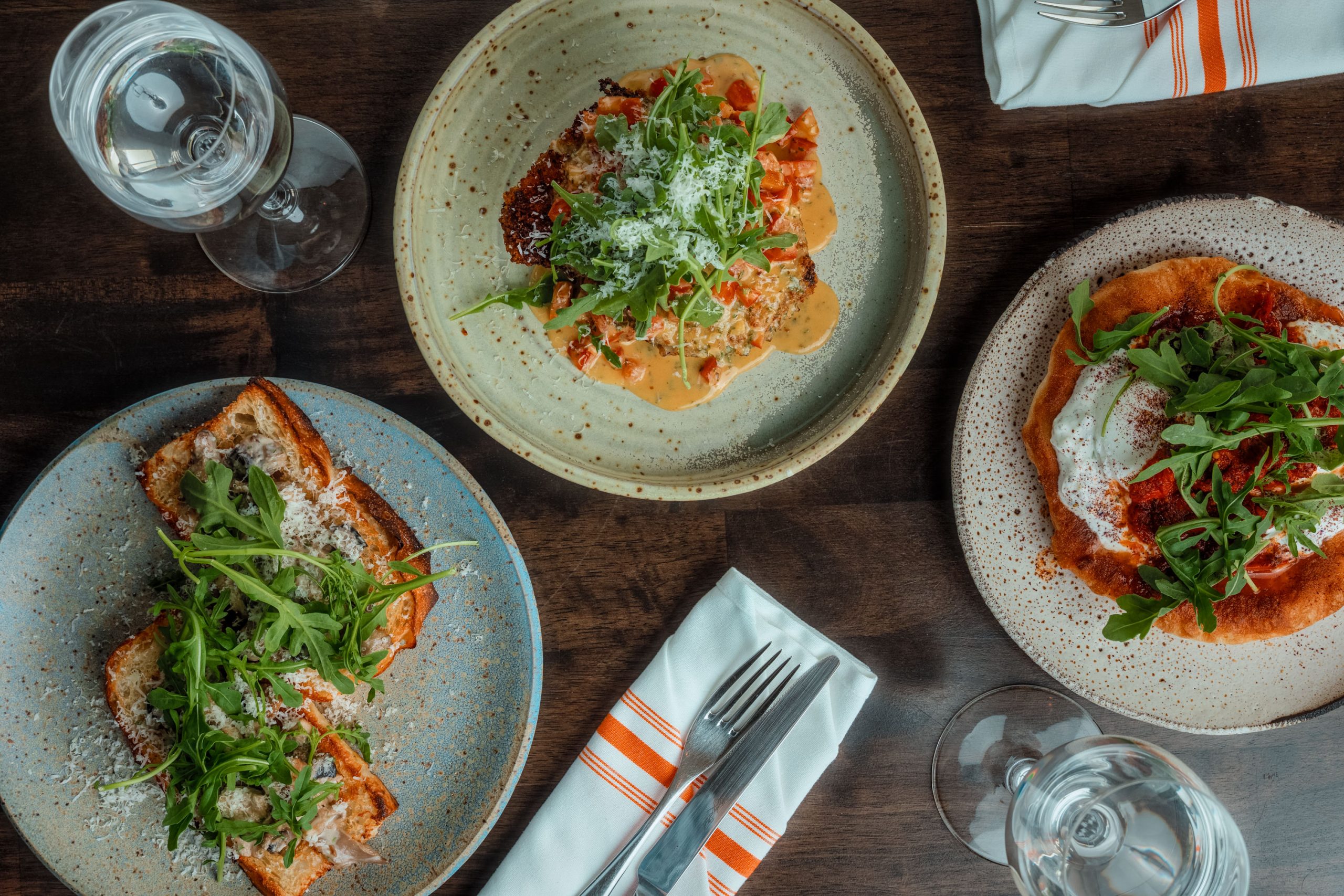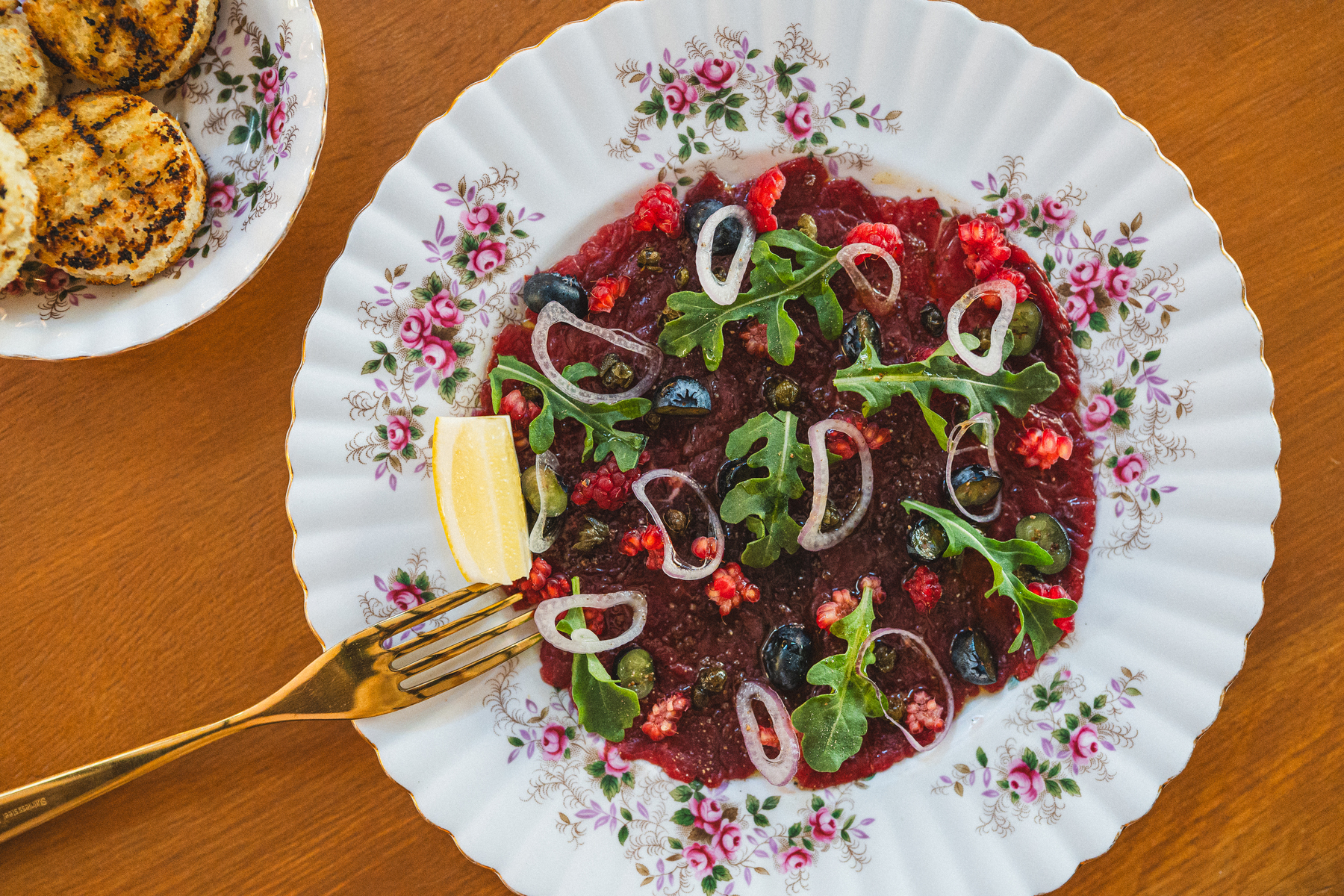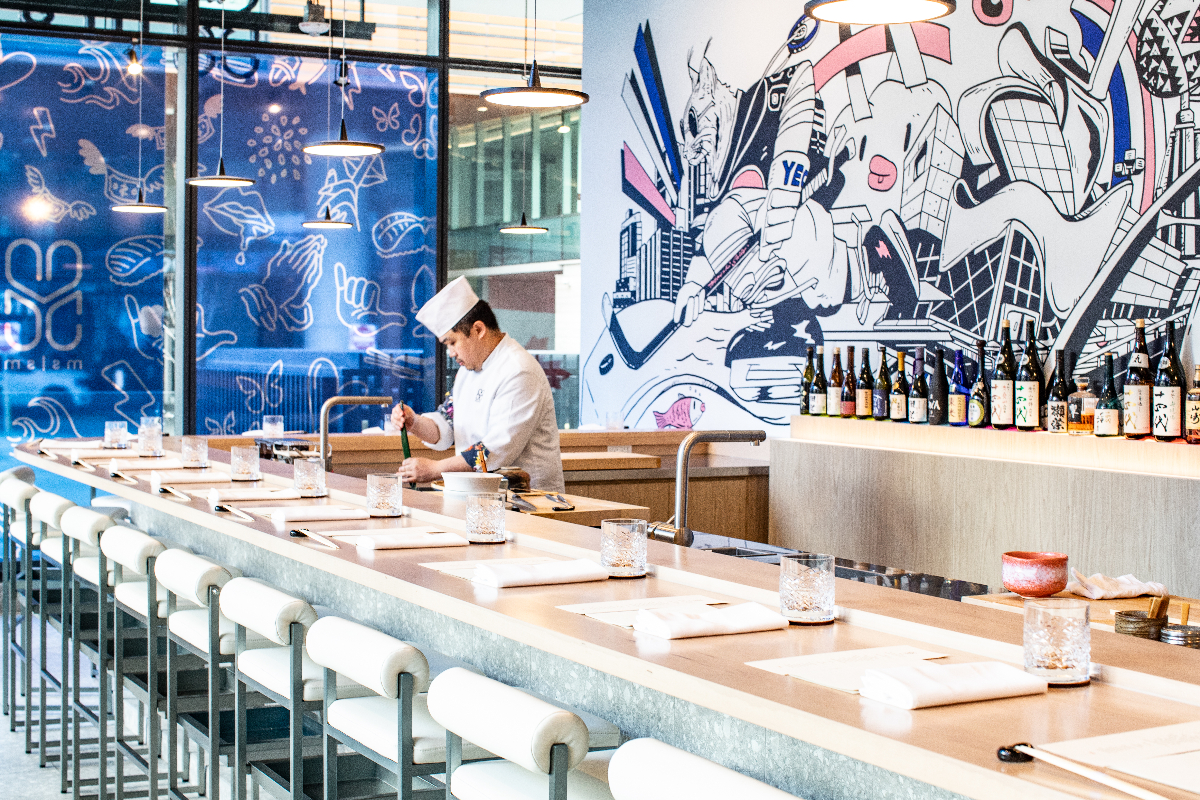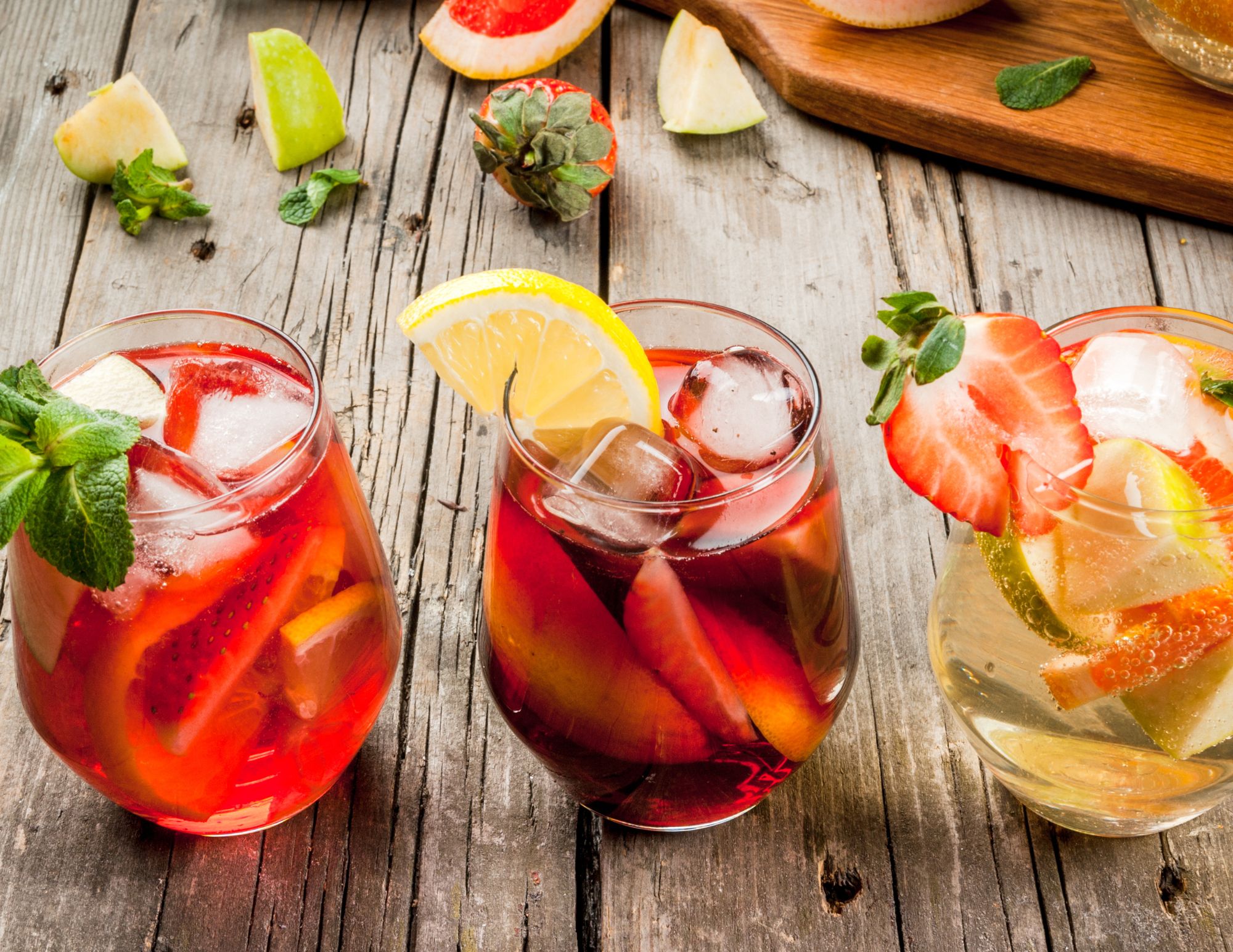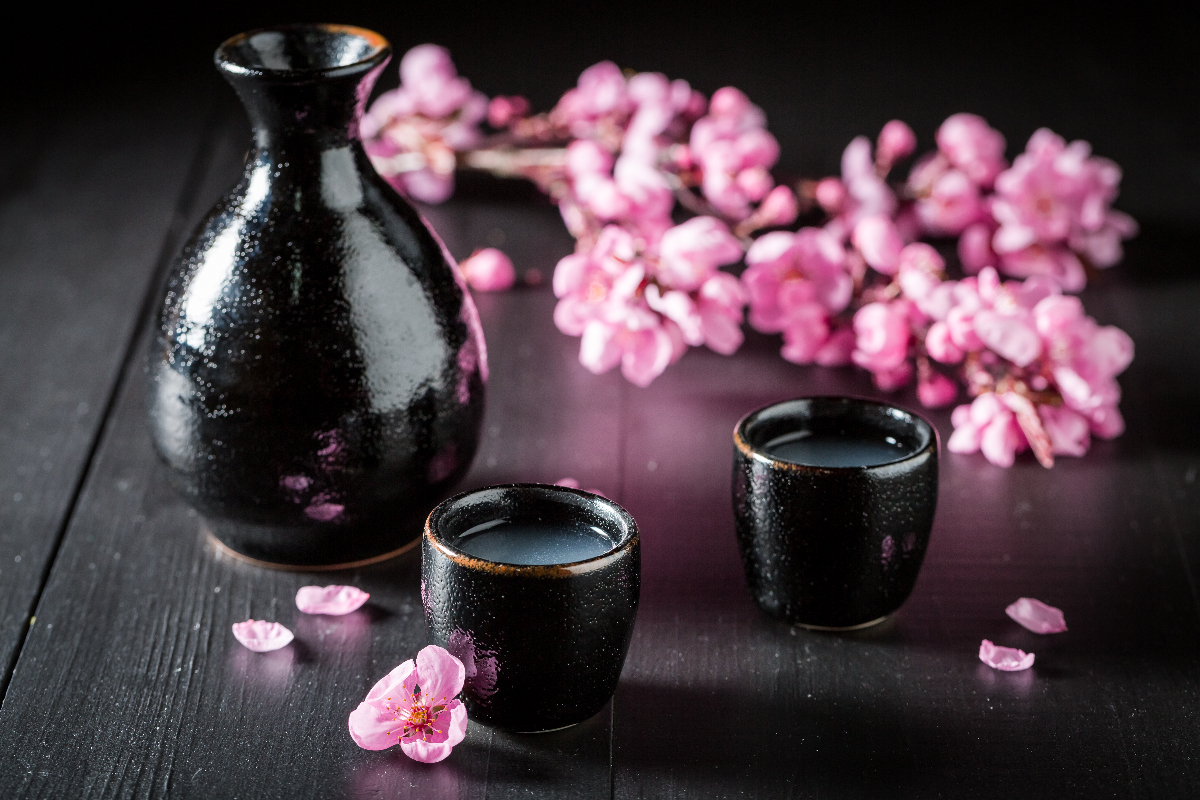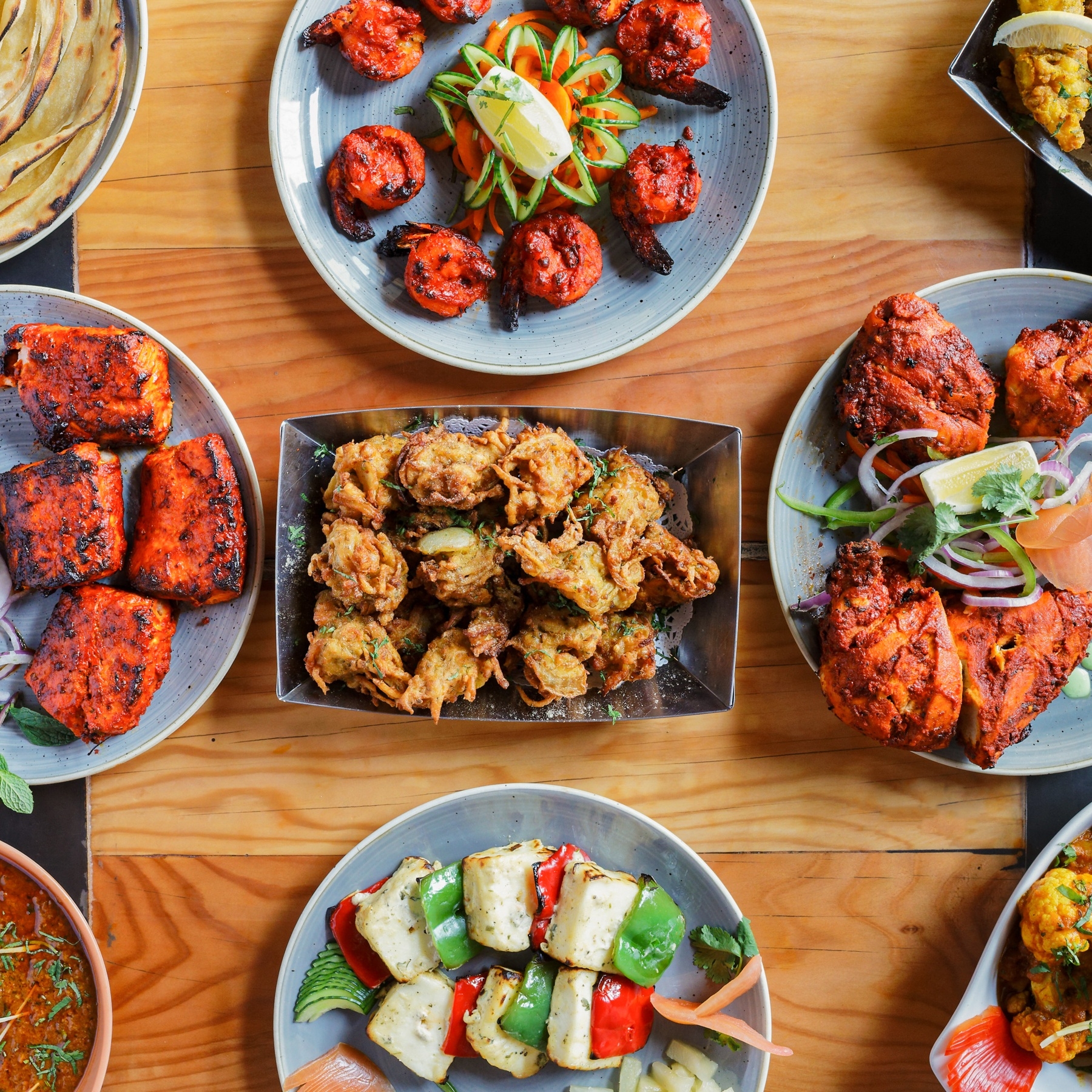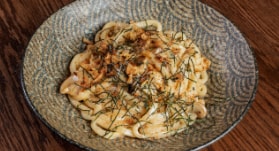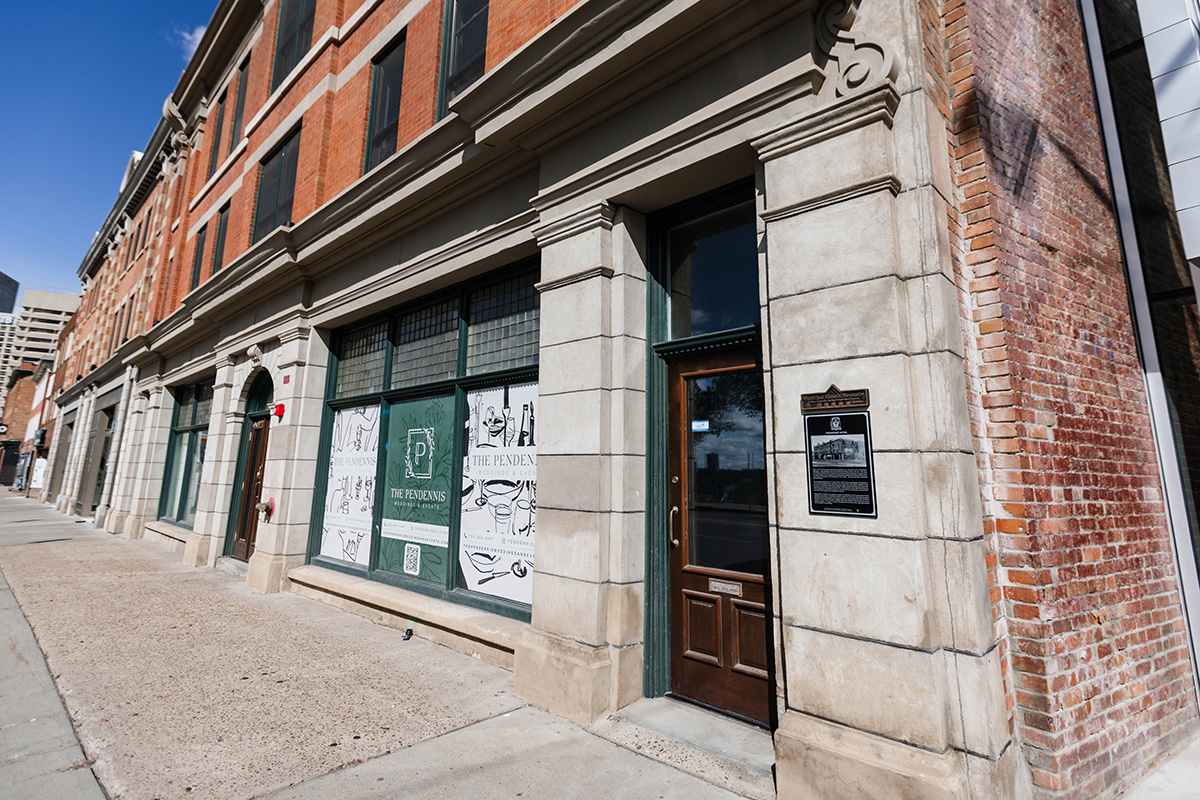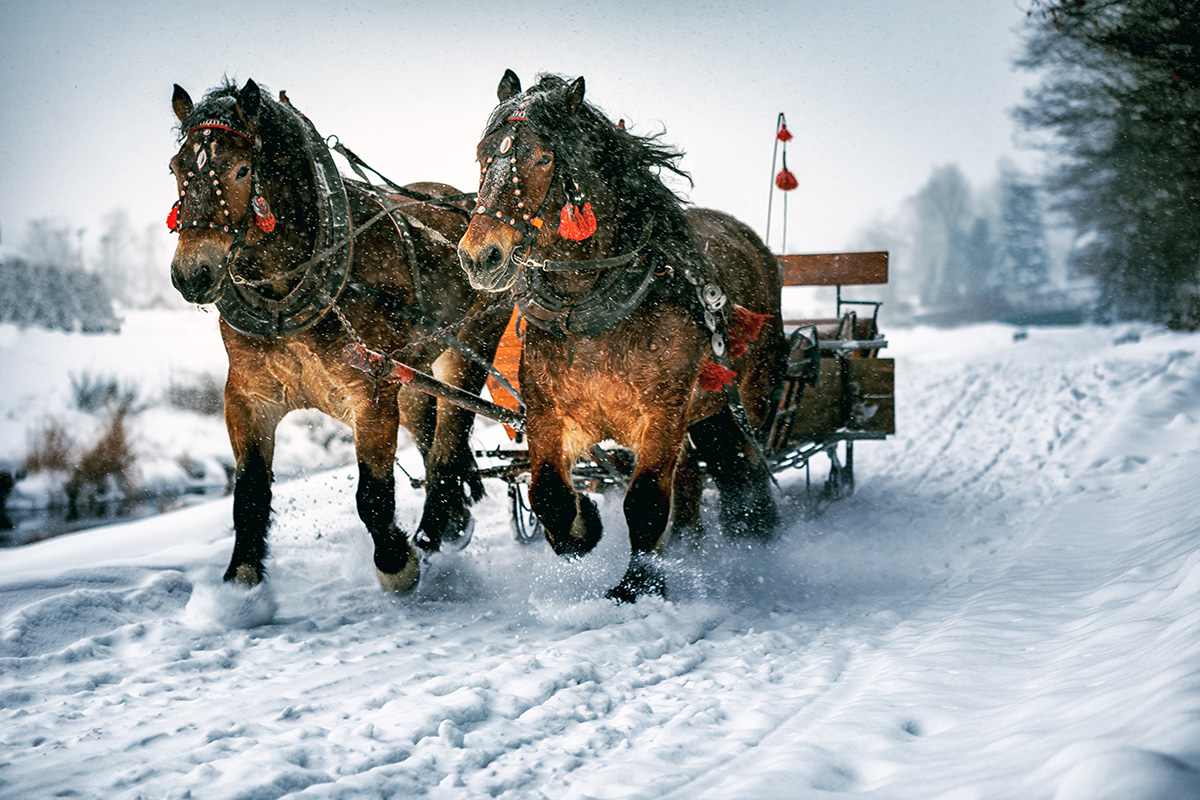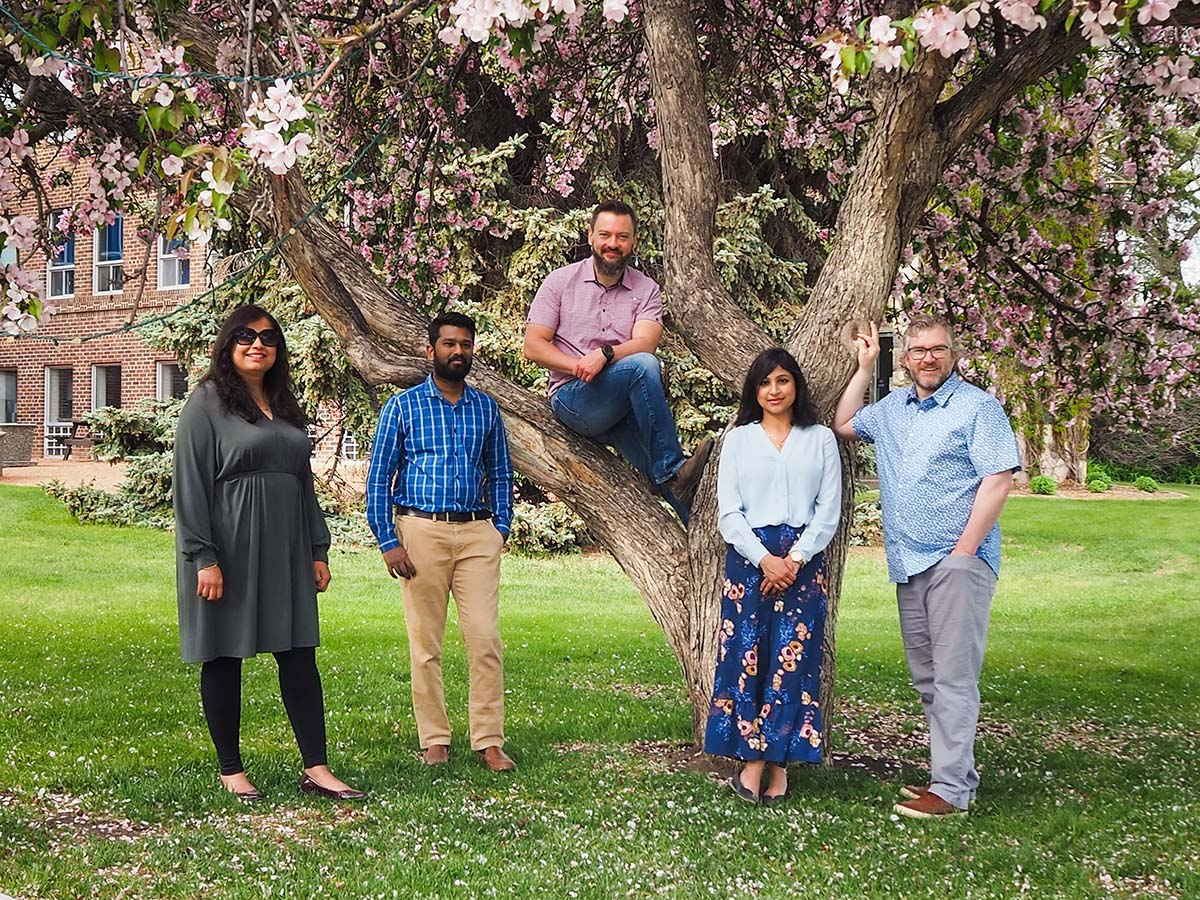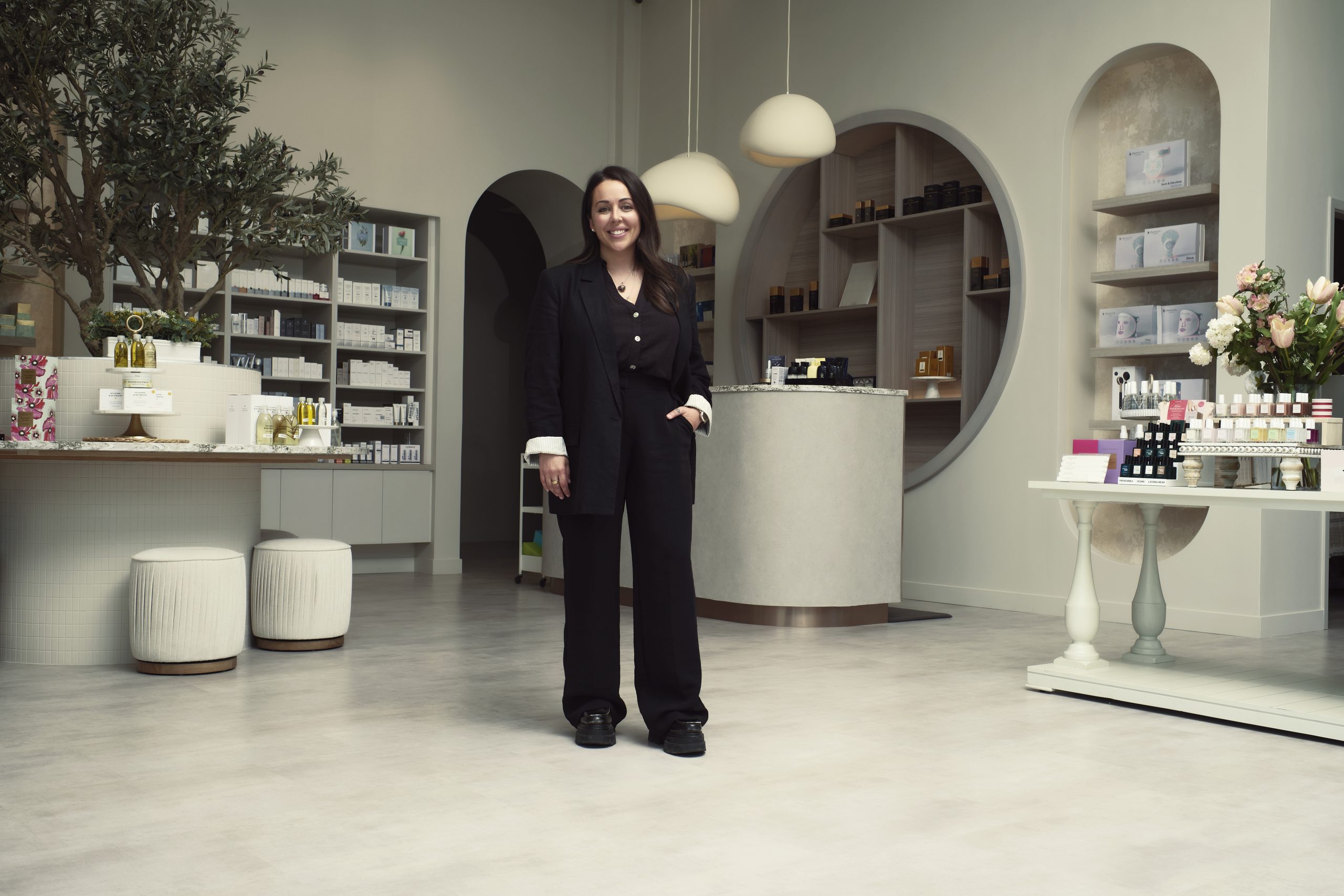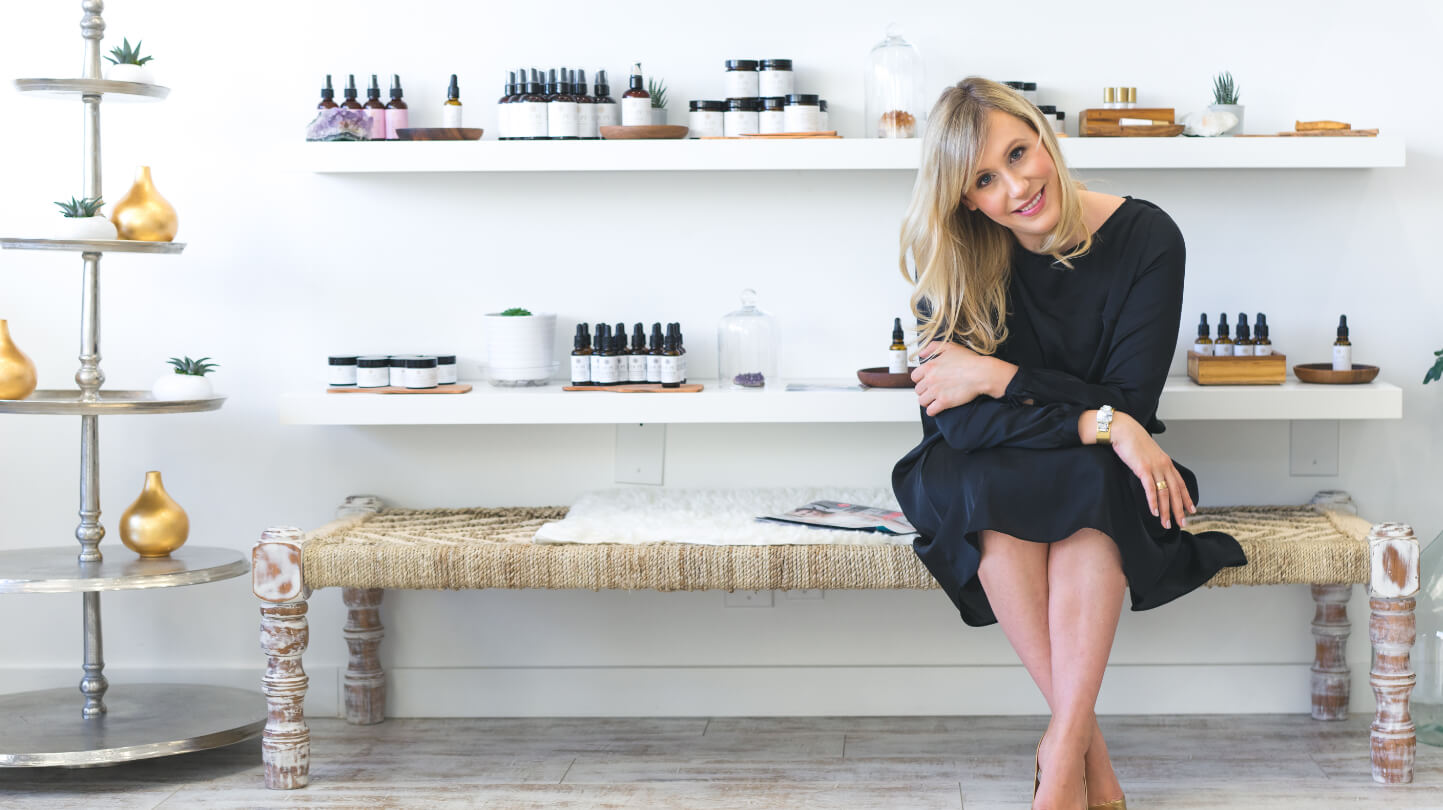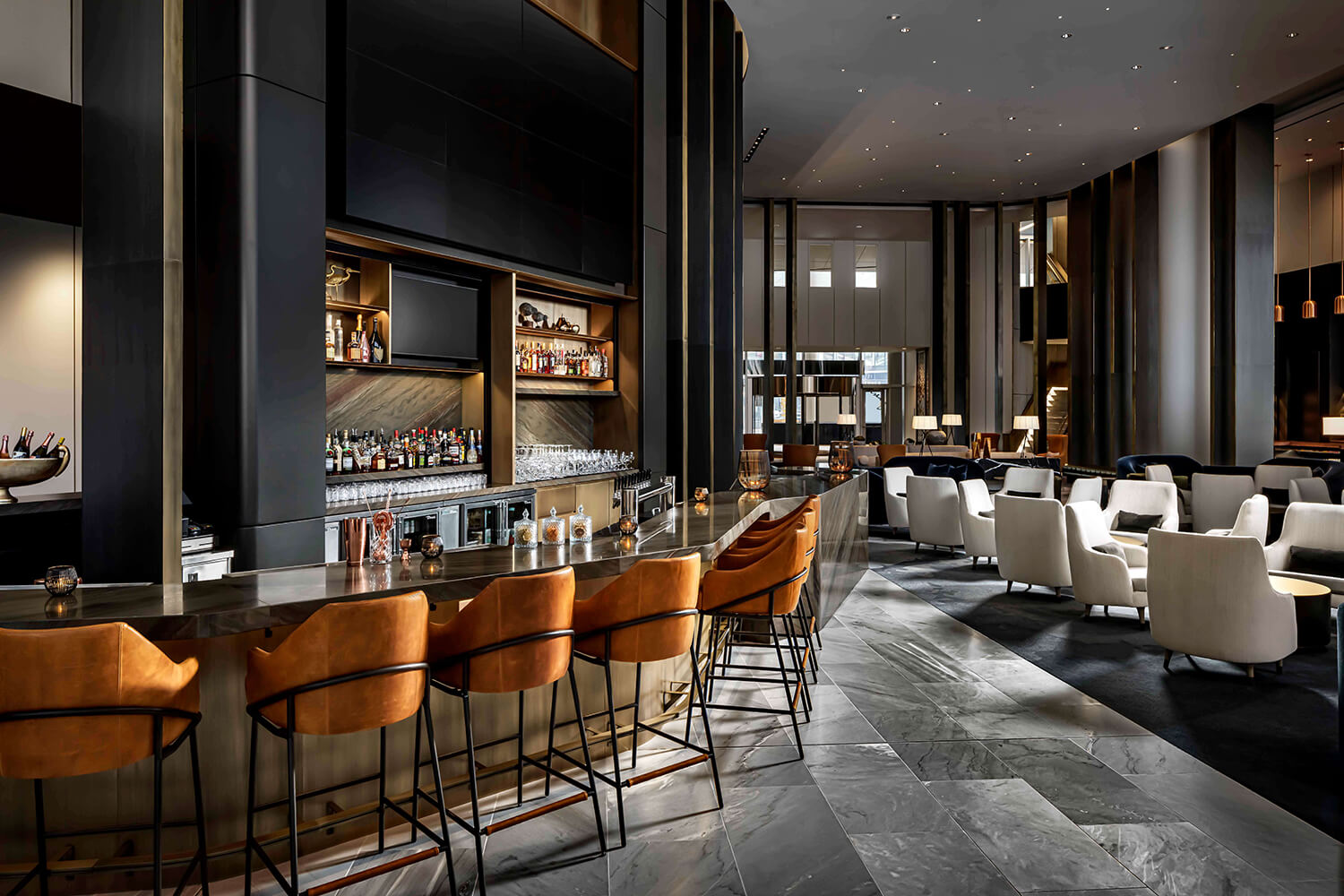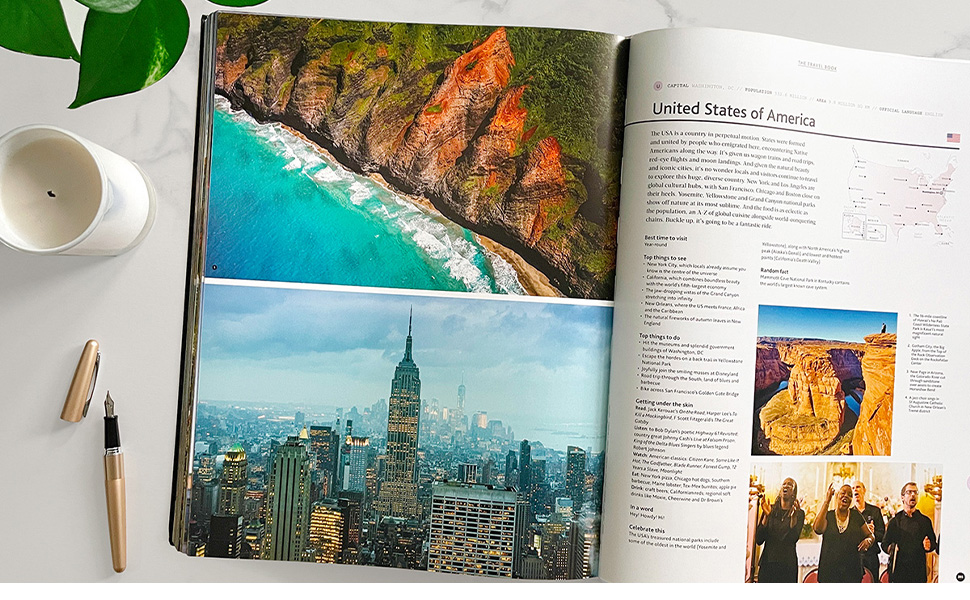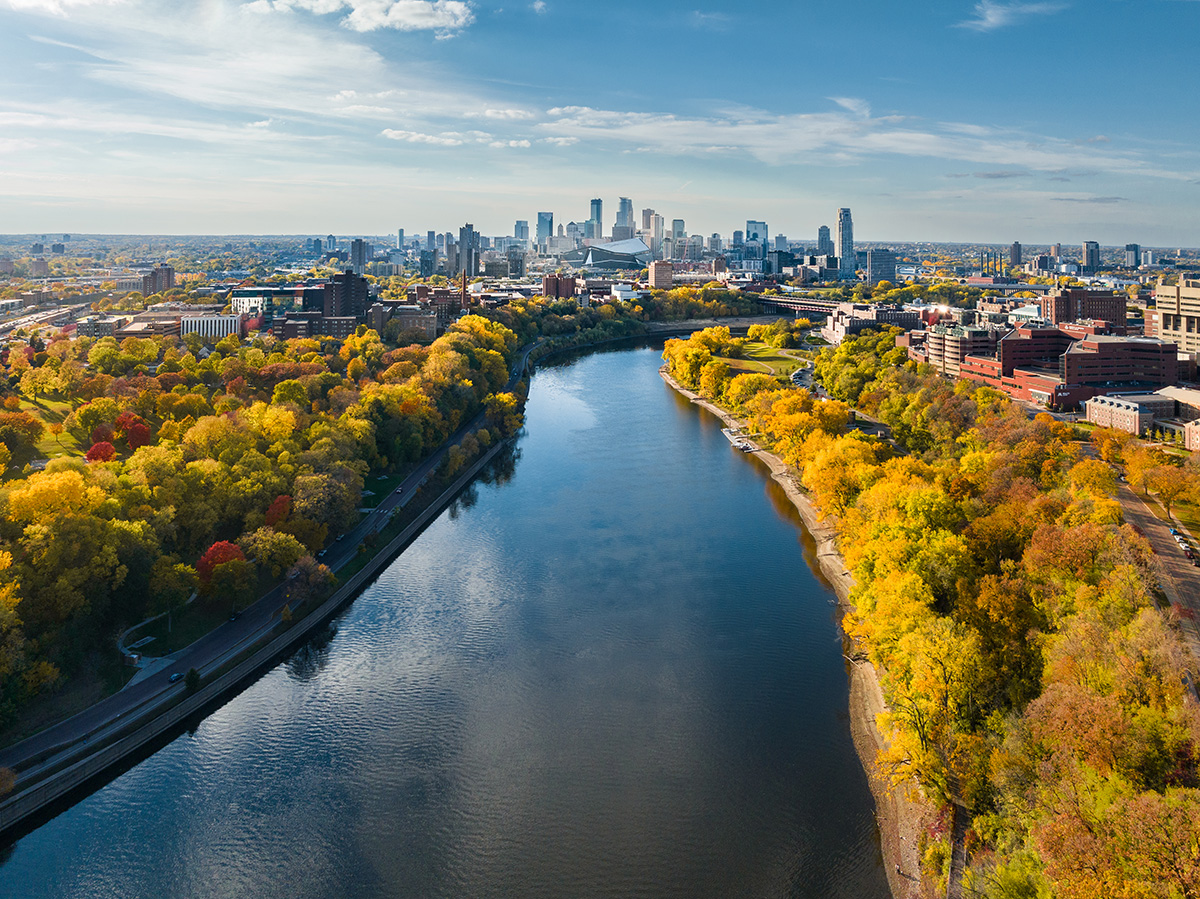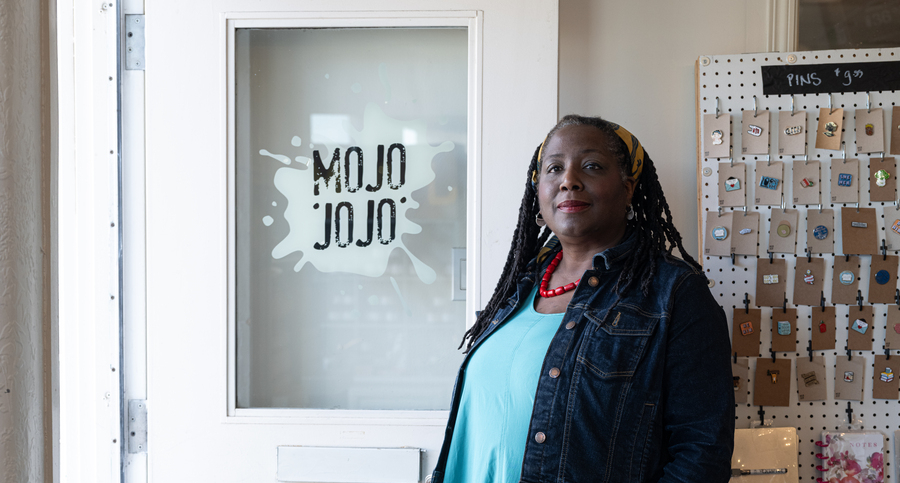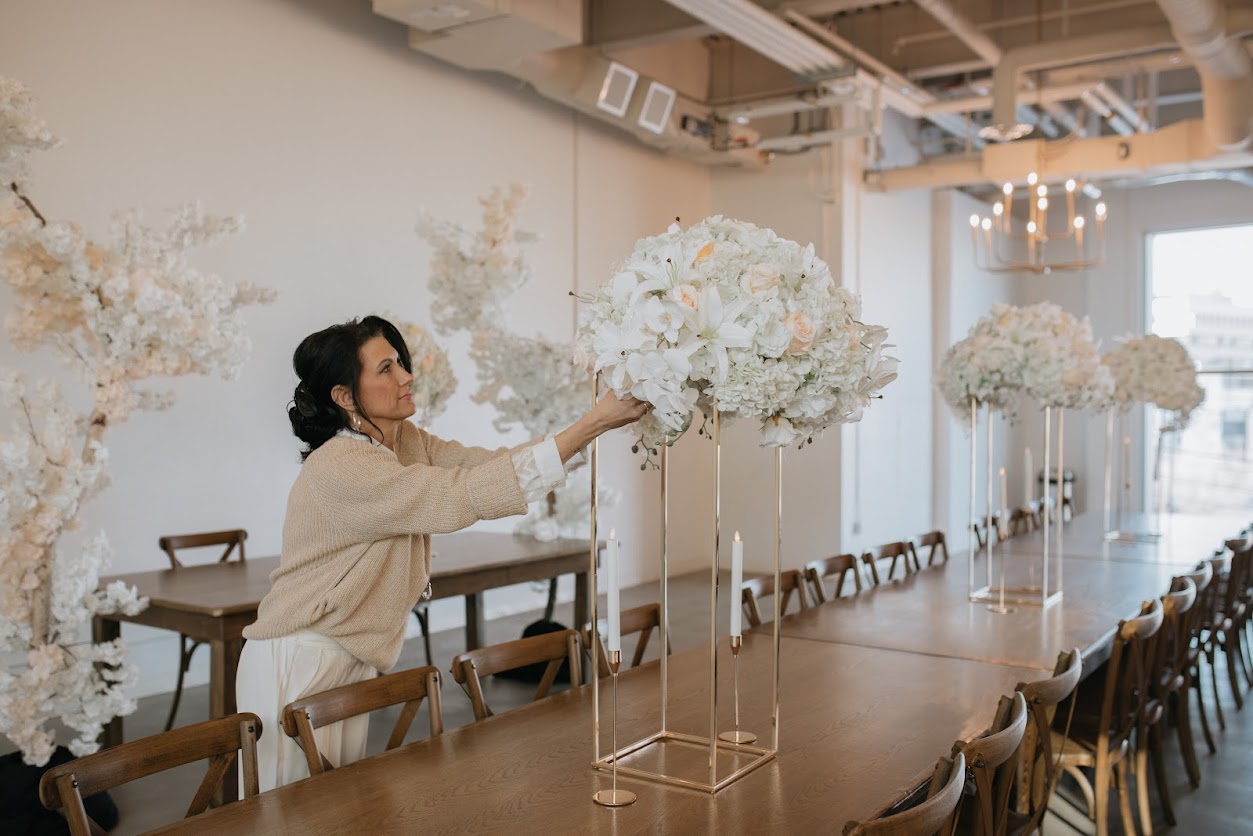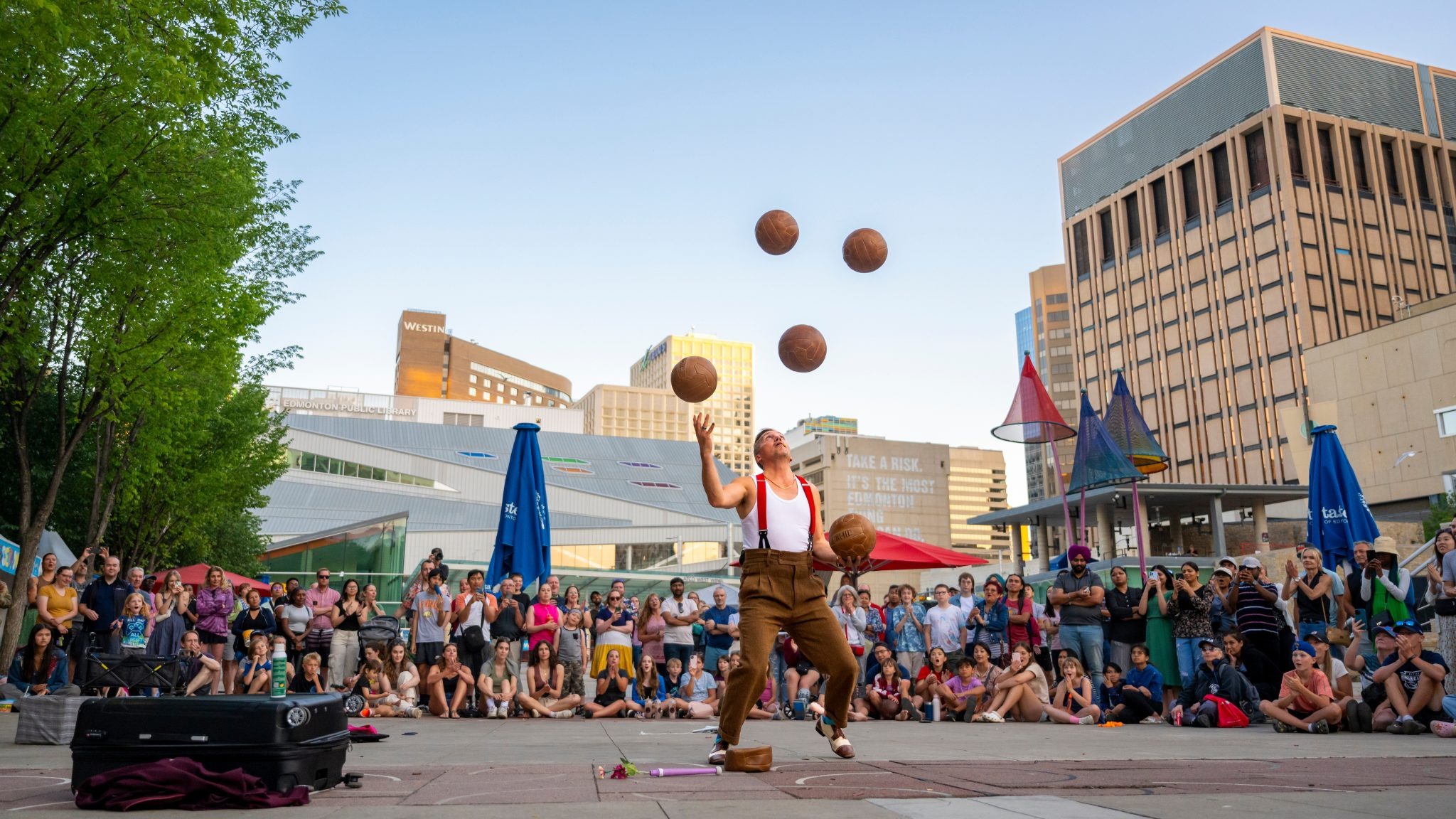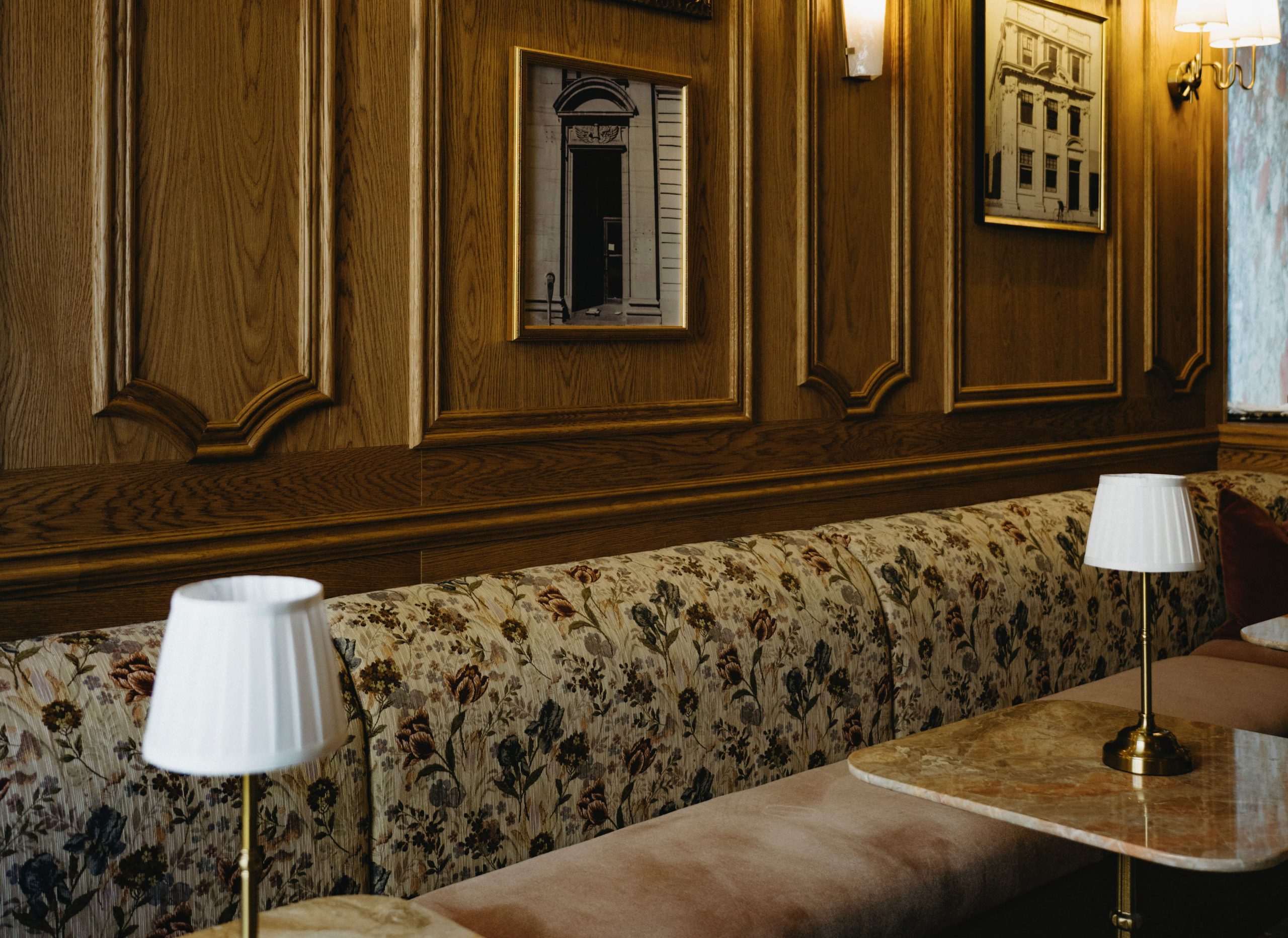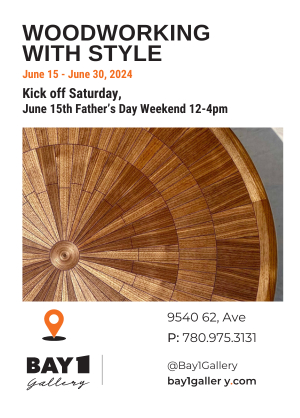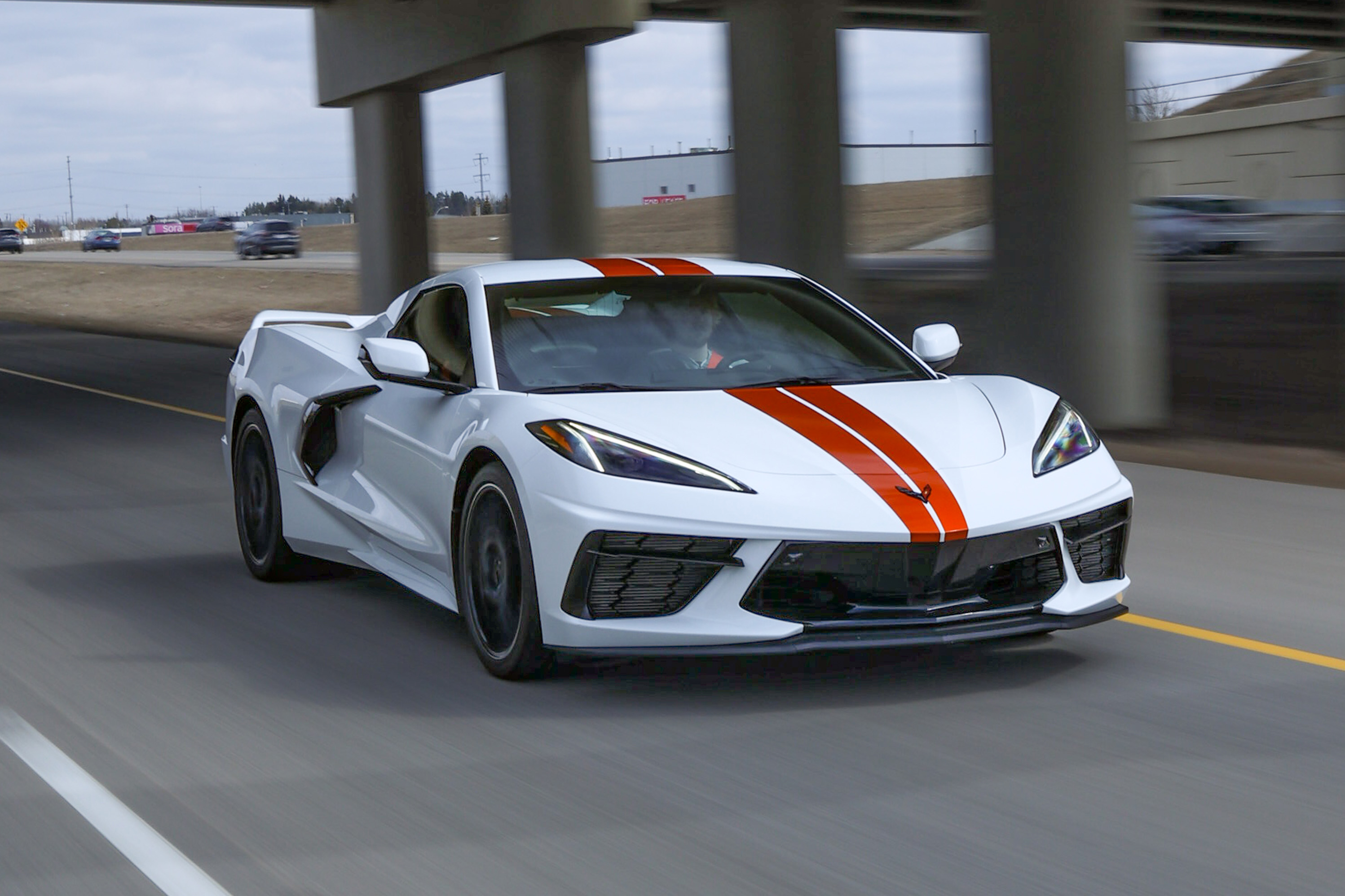Robert Lemay and 30 years of redeeming floral still life.
If you are dismissive of still life painting because you find it too virtuosic, too technique driven, or perhaps too toothless, please consider the thirty year oeuvre of Edmonton based painter Robert Lemay. Lemay’s work has been exhibited in Montréal, Toronto, Calgary, Vancouver, New York, Milan, and London, and appears in collections around the globe, even adorning our Canadian embassies from Beijing to Canberra.
Lemay’s debt to the old masters is unquestionable and readily admitted. At first glance, Lemay’s work is clearly in conversation with northern renaissance Dutch and Flemish still lifes of the 16th-17th century, paintings he ardently admires, but the distinctions in his approach are myriad.
With clear reference to our digital age, Lemay’s process begins with photographing his flowers. He then renders that photo to the canvas by painting square by square on a linear grid, mimicking pixelation. Over thirty years, it appears those pixels have gained in fidelity in tandem with the advances in photographic and on-screen resolution.
These are all intelligently subtle developments in still life, but the way the subject is framed provides the most crucial departure from classical painting. The cropped, photographic composition catapults the viewer from their art history textbook to the 21st century, especially when magnified to several square feet of canvas.
Lemay further distinguishes himself in his handling of the brush. He has a much dryer touch than the smooth Flemish masters; his touch redolent of Tintoretto’s chalkiness, and for good reason. Lemay eschews the 150 year old vogue for impasto oil painting, reasoning that the opacity of such a thick application snuffs out the colourful nuances of layering. His almost waterpaint-like technique, when applied to oils, allows a velvetine texture to emerge from the canvas, not unlike the very petals of the flowers he depicts.
But the most important distinction in Lemay’s work is not his technique. It is rather the poetic gravity in his timing. Having grown his own flowers, Lemay allows them to turn the corner of full and youthful bloom toward the very first hints of exposure and rot. Only then does he wrest that moment of stillness from the incessant advance and retreat of life and death.
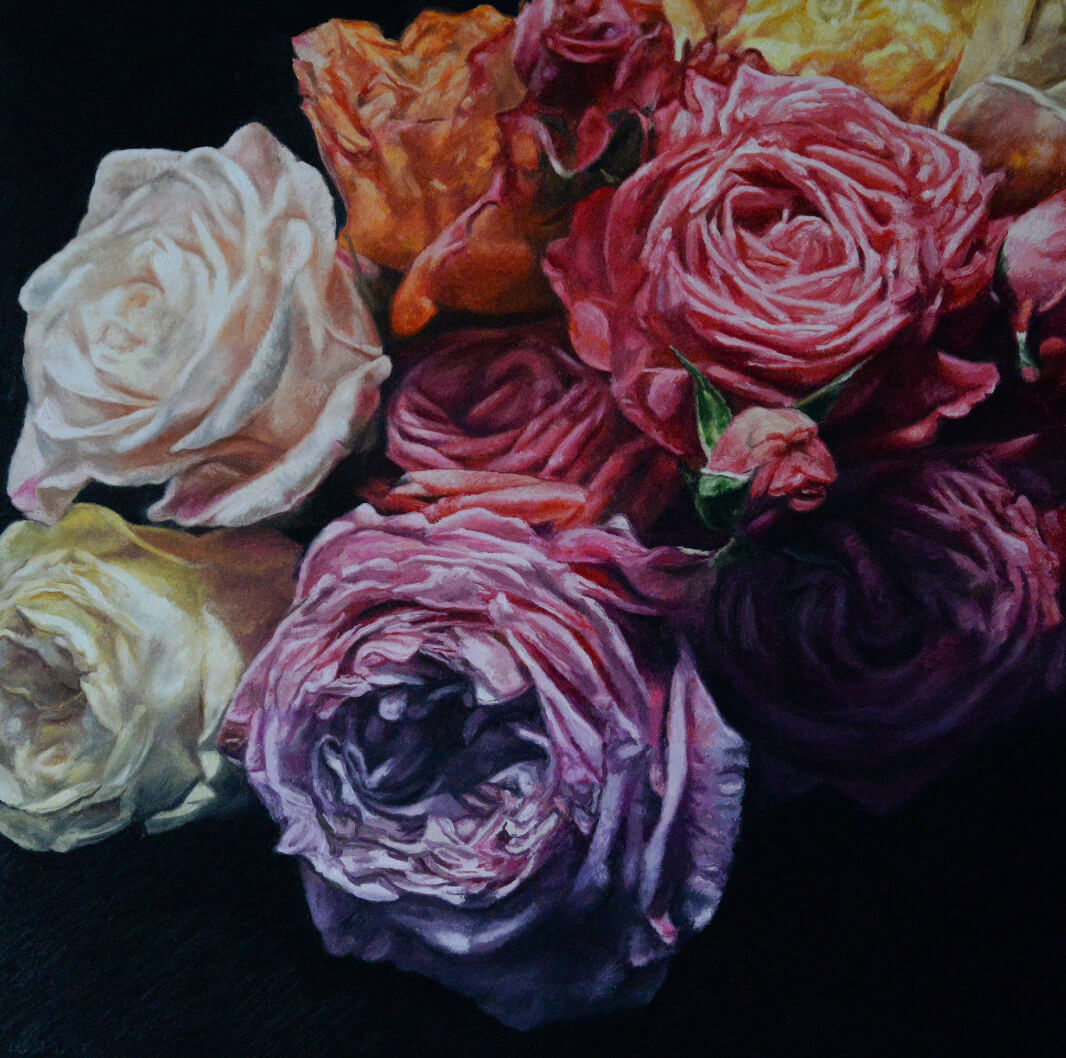
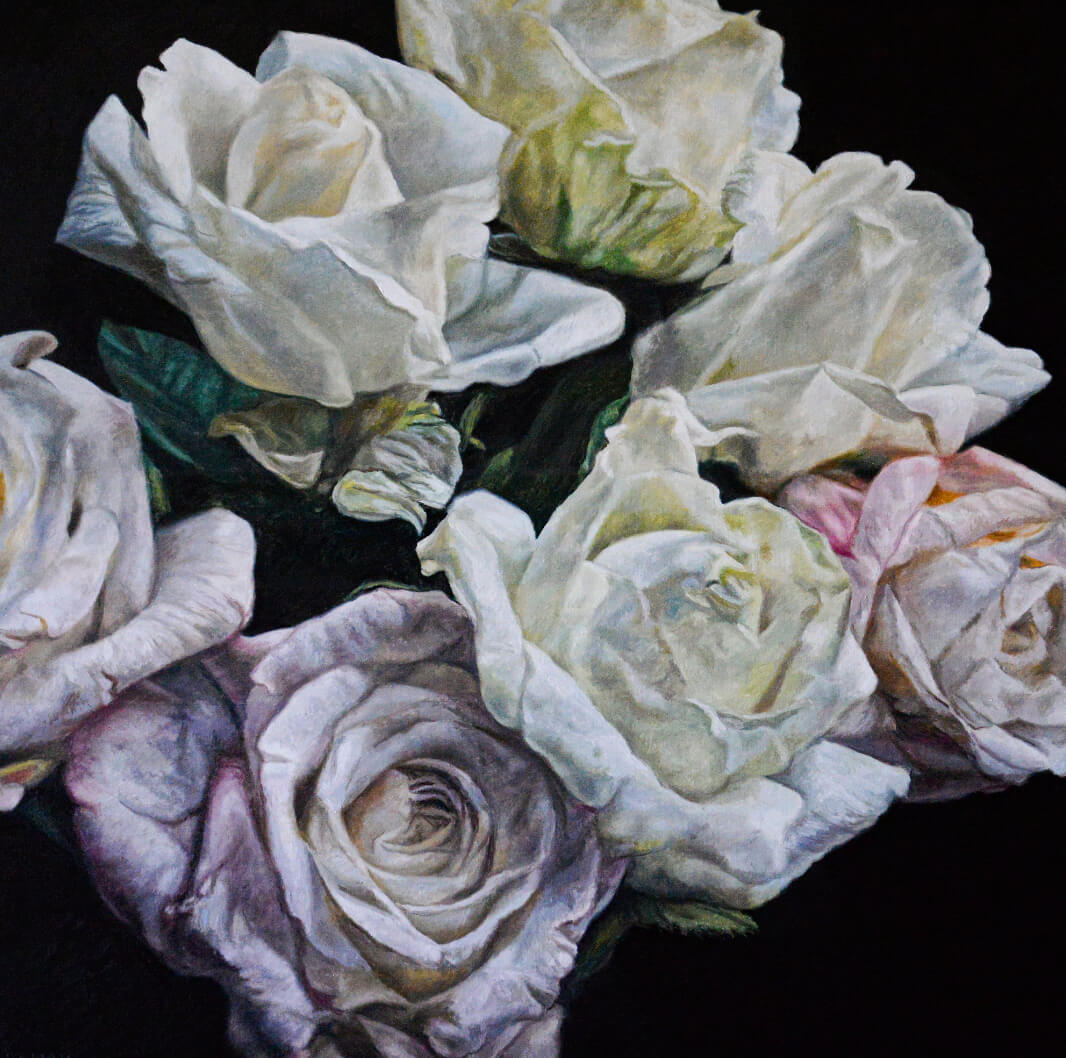
These are all intelligently subtle developments in still life, but the way the subject is framed provides the most crucial departure from classical painting.
In this way, Lemay’s brush becomes the fulcrum that blooms and decay teeters on. Like the poet that pauses for a breath at the volta, his painting suspends that taut moment when the story turns, when the wave of youth has crested, when ascent gives way to descent.
Much of this epiphany is created by the way Lemay frames his subject, as if the viewer is leaning in to inhale. The abundant blossoms are not squarely centered in the four walls of the canvas like the flowery vase-bound fireworks of the Flemish masters. Instead, the just-wilting blooms are brought right to the viewer’s nose. The result is an olfactory synesthesia.
In depicting his flowers not in their greeting card youth but after they’ve taken on too much sun and too much rain, Lemay avoids the ranks of cloying petit bourgeois floral arrangements and instead poses a profound reflection on ageing. He has captured his flowers backstage during the final act break, changing costumes, naked and vulnerable. Their colours are deepening, gathering the nuances of age. You can almost smell the flowers’ aromas beginning to concentrate and sweat from their shadowy core, balancing on the cusp of putrefaction. The beauty and pain of life’s arc toward death is writ large in that small moment and somehow a quiet dignity is painted into this unavoidable aspect of being alive.
Lemay’s flower paintings are reminiscent of a great Sauternes or Tokaji, wines that concentrate their sugars through noble rot, creating a saccharine sweetness that only with age will give way to their coveted complexity, hanging completely on the balance of searing acidity. These wines would be too sweet and unfulfilling otherwise. In this same way, Lemay has elevated floral still life painting, exalting the beauty of life in every aspect of its circularity, inviting us to lean in.
Places To Be
See this month's local flavours, products, and services.

